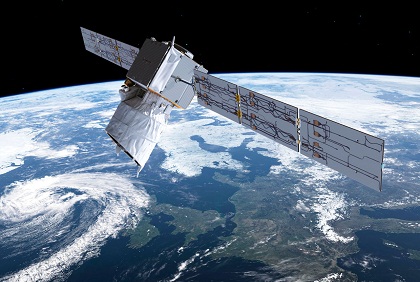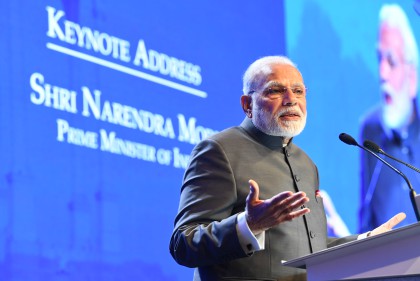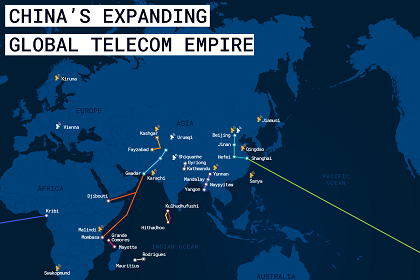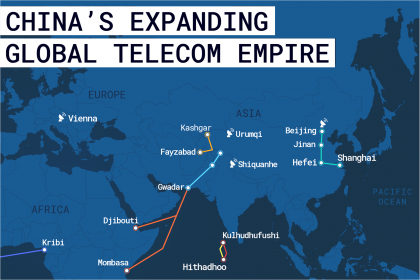Satellite tech for India’s agriculture
The COVID19-caused migration of India’s large workforce to their rural roots holds immense promise for the country’s agriculture productivity and farmer incomes. Precision agritech and satellite-as-a-service (SAAS) can reduce the urban-rural skill, remuneration, and digital divide. Time to privatize space technology for agricultural benefit.










